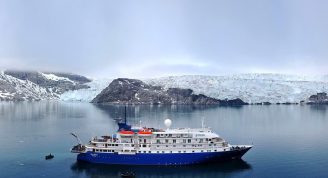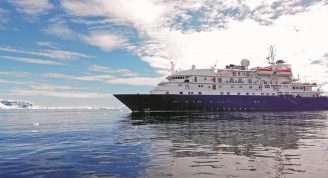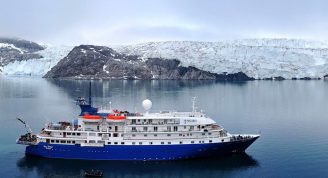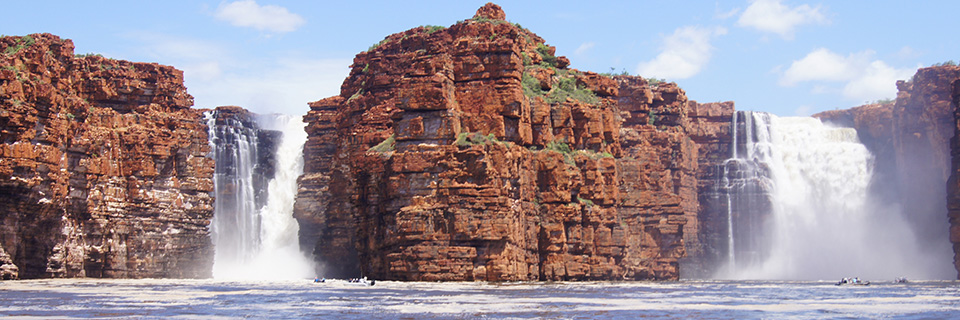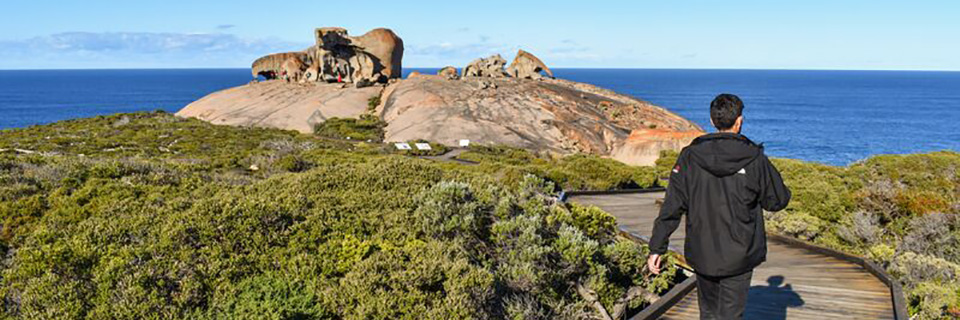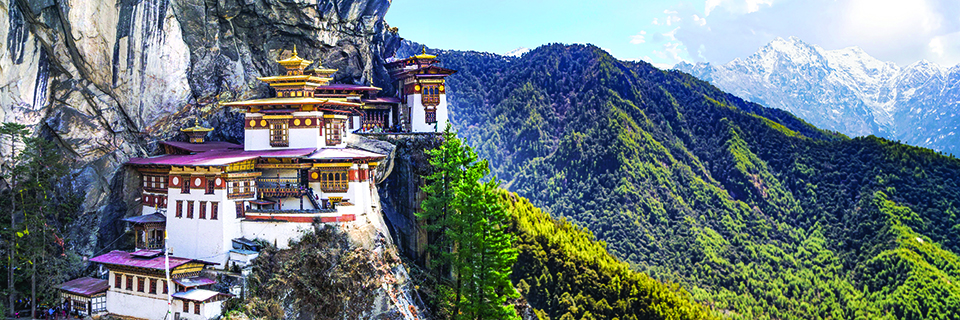Description
Discover some of the least visited and remotest islands in Scotland, from St Kilda and North Rona to Foula and Muckle Flugga.
Embark on an enthralling 13-day expedition exploring wild and remote destinations aboard the Sea Spirit while indulging in luxurious onboard amenities.
Join like-minded adventurers passionate about exploration and conservation. Experience the largest seabird colonies in the Atlantic, including hundreds of thousands of puffins and gannets. Explore Iron Age brochs, Neolithic dwellings, Viking strongholds, and visit some of the most isolated yet charming island communities of Scotland.
Be part of this inaugural Wild Discovery Conservation Cruise in partnership with Wild Earth Travel.
This unparalleled voyage will take you to some of the least visited and remotest islands around the Scottish coast. Places steeped in history, myth and legend where seabird cities throng onto towering cliffs and Celtic, Norse and Pictish cultures meld in a unique blend of nature and man. Tales of survival and endurance are told alongside modern stories of conservation success and human endeavour.
This voyage has only ever been completed once before, in 1966, as a pioneering Scottish Ornithologists Club (SOC) Seabird study cruise. On its 60-year anniversary, Dan Brown and Rachael Iveson-Brown of Wild Discovery together with Wild Earth Travel will once again embark on this ambitious voyage to the unexplored islands of Scotland on their inaugural ‘Conservation Cruise’. With Dan as the Expedition Leader, they will take you on a journey of a lifetime.
In 1966, Dan Brown’s grandfather, Gordon Hollands, was a lecturer aboard this landmark cruise. It was billed The Scottish Bird Islands Study Cruise and focused on the remarkable seabird colonies of Scotland. With over 900 delegates aboard the MS Devonia, they cruised from Greenock via the Hebrides and St Kilda, Sula Sgeir and North Rona up to the Northern Isles and back south into the Firth of Forth over nine days. On board were many of Europe and North America’s most prominent ornithologists, including Roger Tory-Peterson, James Ferguson-Lees, Jean Delacour and Karl Voous. Gordon Hollands was part of the SOC team onboard to deliver the voyage.
This voyage paved the way for much of the modern research and conservation of Scotland’s seabirds, the successes of which we will enjoy on our voyage. With adventure, passion, and conservation at the heart of both Wild Discovery and Wild Earth Travel, you benefit from over 20 years of experience in voyaging, leading, and creating global expeditions, along with world-class expert guidance.
We will sail aboard the capable yet intimate expedition cruise vessel Sea Spirit to explore exceptional destinations such as St Kilda and Fair Isle. You will get a true feel for the remarkable islands around the stunning Scottish coast, almost all of which are or have been inhabited by some of the most tenacious species and people in the North Atlantic.
What does a Conservation Cruise entail?A small-ship expedition cruise led and guided by an exceptional team of naturalists and scientists focusing on a particular geographic region and supporting one or more conservation projects during the voyage. The UK 2026 Conservation Cruise will support a number of relevant projects run by recognised charitable partners around Scotland.
What can the passenger expect?A unique expedition cruise with exciting landings and zodiac cruises to some of the UK’s most remote and least visited islands from the comfort of a well-equipped expedition vessel. A full schedule of fascinating recaps and lectures from prominent scientists and leaders in their fields.
Meet Your Guides
Dan Brown – Expedition Leader
A lifelong naturalist with a deep passion for wildlife, Dan has explored some of the most remote corners of the globe in pursuit of conservation and adventure. Raised in the rich environment of Bangor University’s Botanic Garden, Dan’s fascination with the natural world began early.
With decades of experience as a professional ecologist, wildlife photographer, and author, Dan has worked on conservation projects from Africa to Scandinavia. Alongside his wife, Rachael, they co-founded Wild Discovery, an award-winning tour company that specialises in wildlife-watching experiences throughout Scotland and abroad. Together they’ve guided travellers on unforgettable journeys throughout the Highlands and beyond, sharing extensive knowledge and enthusiasm for Scotland’s wildlife.
Dan is excited to lead this historic expedition, retracing the steps of his grandfather, Gordon Hollands, who was part of the inaugural Scottish Seabirds Study Cruise in 1966. With a passion for seabird conservation and a deep connection to this legacy, Dan will guide you through Scotland’s most remote and remarkable islands, spotting rare seabirds and exploring rugged coastlines along the way.
Rachael Iveson-Brown – Expedition Host
Rachael is a passionate naturalist with a particular love for coastal wildlife. She has worked for ecological consultancies where she provided expert advice on species and landscape ecology throughout the UK. Rachael’s love of wildlife and travel combined with her inherently inquisitive mind and her enthusiasm for meeting people allowed a seamless step into the world of expedition travel where, along with Dan, she has hosted many adventures.
Wild Scotland 2026 Webinar



